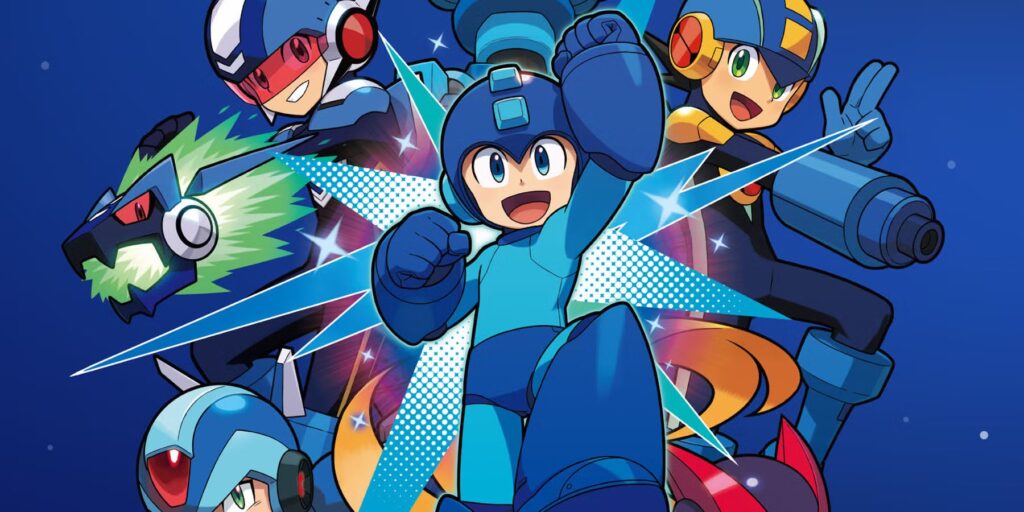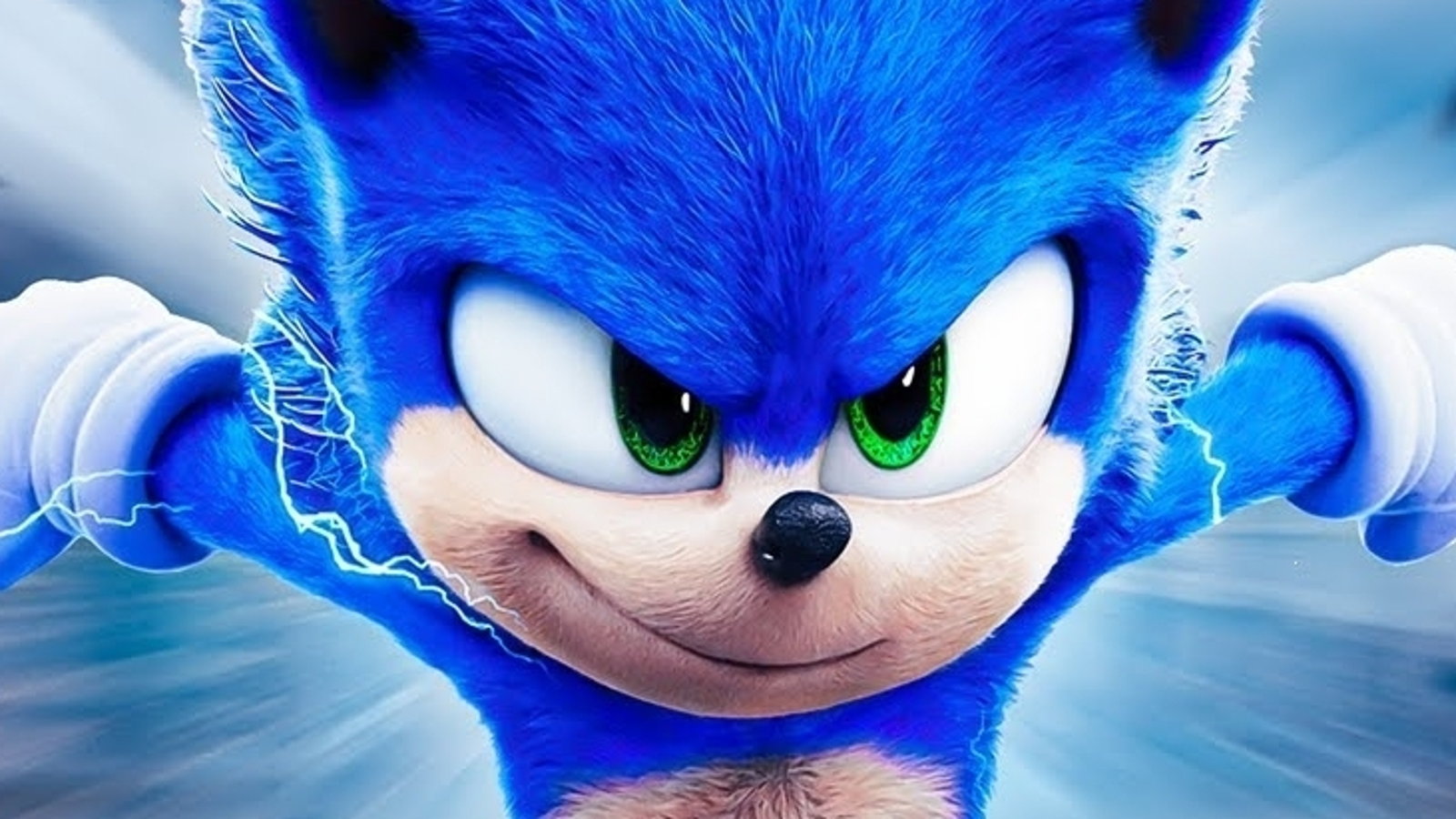When Mega Man launched on December 17, 1987, it introduced the world to a new kind of hero: Mega Man (Rockman in Japan). Developed by Capcom, this iconic action-platformer revolutionized side-scrolling mechanics and introduced players to a futuristic world of robots and innovation. This article explores Mega Man’s first appearance, his design, and the impact he made on the gaming industry.
Mega Man, known as Rock before being transformed into a combat robot, debuted as the protagonist in Mega Man on the Nintendo Entertainment System (NES). Set in the year 20XX, the game follows Mega Man, a robotic hero created by Dr. Light, as he battles Dr. Wily and his army of rogue Robot Masters. Armed with his trusty Mega Buster, Mega Man’s mission is to defeat these foes and restore peace to the world.

The design of Mega Man was led by Keiji Inafune, the artist and developer responsible for shaping Mega Man’s signature look. Inafune and the team sought to make Mega Man both visually appealing and technically unique, and here are some standout elements:
Blue Armor: Mega Man’s blue color was chosen due to the NES’s hardware limitations, specifically the console’s capacity to render blue with more detail than other colors. This feature quickly became a recognizable and iconic trait.
Helmet and Arm Cannon: The sleek helmet and the powerful Mega Buster arm cannon are Mega Man’s signature look, combining both style and functionality. The design allowed players to identify with Mega Man as a powerful, yet agile hero.
Robot Master Powers: After defeating enemies, Mega Man gains their abilities, adding a unique mechanic to the game. The idea of using enemies’ powers was a groundbreaking feature in platform gaming, giving Mega Man more depth and strategy.

From the very first Mega Man, Capcom introduced groundbreaking gameplay mechanics that became staples of the series and influenced future games:
Non-Linear Level Selection: Unlike other games of the era, Mega Man allowed players to choose which Robot Master to fight first, giving them control over their experience. This added a strategic layer to gameplay, as certain bosses were easier to defeat with specific weapons obtained from previous stages.
Progressive Difficulty: As players defeated Robot Masters, they acquired their powers, but the challenge increased as levels became more complex and enemies more varied. Mastering the balance between action and strategy was key to success.
Unique Weapon System: Mega Man’s ability to adopt powers from fallen foes introduced a new way to approach levels. This innovation inspired countless other games, setting Mega Man apart as an early example of dynamic gameplay.

Mega Man’s debut in Mega Man helped solidify the blue bomber as a cultural icon. His games were a symbol of creativity, technical challenge, and compelling design, leading to numerous sequels and spin-offs. Mega Man has appeared in various forms of media, including animated series, comics, and crossovers with other game franchises.
Mega Man’s first adventure remains one of gaming’s most significant contributions. His design, paired with innovative gameplay mechanics, set a high bar for the action-platformer genre. As a lasting figure in gaming, Mega Man continues to inspire fans, demonstrating the timeless appeal of a simple, yet heroic blue robot.




